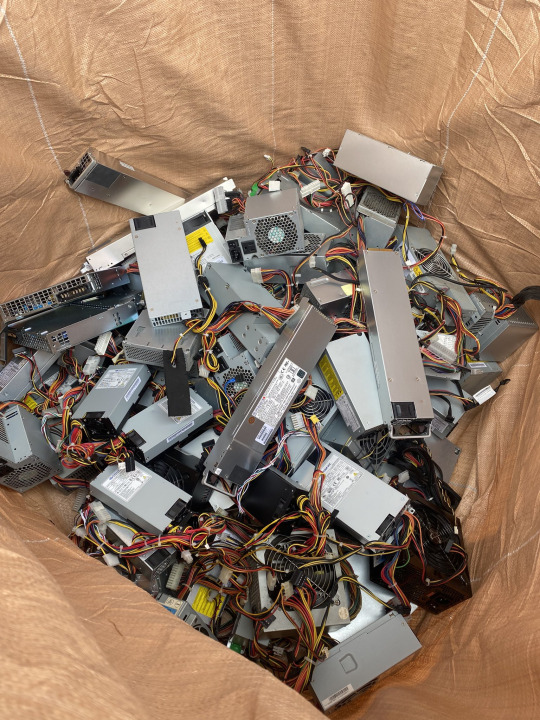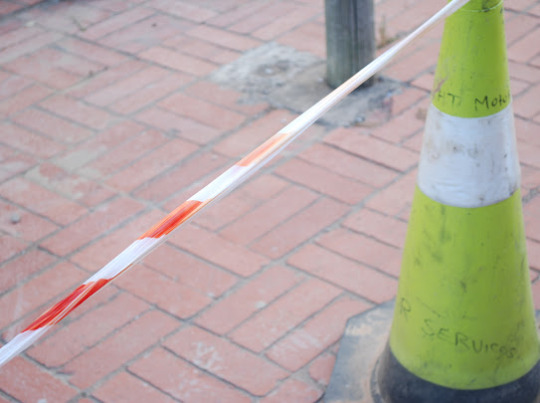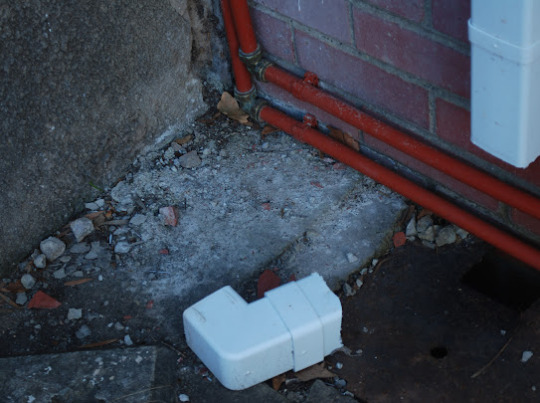#digital detritus
Text
i get lost a lot. i am good at many things, but none are related to direction. these days, sign posts on trails sometimes have QR codes on them. i think about that a lot. after us, will aliens find these little shapes and say - this was religious.
in 50 years, will QR codes be completely out-of-date, so young kids are used to seeing the shape but just assume it means something else; like how floppy discs mean save. looking up at us with their brows knit. what do you mean you had to scan it?
i think a lot about how if i had been born even 50 years ago, i'd be dead by now. there are a lot of reasons for that. i can read a map pretty well, but that sense-of-direction thing will really getcha. i usually wayfind by pulling up my phone's compass. there's something so odd about that - about using something like a smartphone to figure out my cardinal direction. to figure out which way is home.
for a long time, i didn't have a smart phone. whenever we went to places that required a QR code, i'd just have to shift uncomfortably, waiting for someone else's page to load. not to sound like an old grump but - these days it feels like half my world is behind scan this or register with your email to sign-in or sign up for our listing or click the link.
i think a lot about the digital detritus we leave behind. about how different the world looks, literally, than in the 90's. how much waste has become things like laptops, chargers, wires. i think about the drones over city; flying in the shape of an advertisement. i think about graves. my grandmother's had a trademark on it.
in the middle of the woods, someone had put up a jesus is risen laminated poster. it had an underwater turtle on it, which i thought was funny. i took a picture for my group chat. he rises from the deep i guess i send them. the signpost was unhelpful - inconclusive arrow, jesus turtle poster. no map. i pulled up my compass, which is to say i took out my phone.
i wonder how much is waste we're making and how much is just making our mark. at some point, all my writing - this post and all the others - will be left, floating around on the internet. it will all outlive everyone who created any of it. every fic and overly-personal recipe and idle drawing and abandoned webcomic and sanctimonious twitter post.
i hope they are all living in the same place. i hope they get along. i hope they never feel alone.
i hope somewhere out there on the internet, someone or something finds something i left and says - oh. so that's how i get home.
#spilled ink#i don't even know what this is saying#i guess just thinking about.#digital detritus#is it possible to be both melancholy about technology and also like#''but it is a good thing''#lol
2K notes
·
View notes
Text

"Swept Up by an April Wind"
manipulated digital photograph by Mick Mather
(click image to view actual size)
#Mick Mather#digital art#digital photograph#digital manipulation#landscape#detritus#MickMathersARTblog
9 notes
·
View notes
Text


Root bound
Character belongs to @spaceydreem Happy birthday!
#5wishes dnd#vitex 5wishes#teifling#ocs#dnd character#digital#5wishes#tiefling#both spelling just in case I guess?#friends characters good I love this sad kid#he just recently got a hair cut in game but I started this like 4 months ago lol to he’s got his old braid#trapped in a broken hourglass but like the leaf litter detritus is the sand#*~~symbolism~~* but for our homebrew dnd gods yaaaaaaaayyyy
20 notes
·
View notes
Text


Campbell took the matching tattoos in the divorce
8 notes
·
View notes
Photo

Detritus
Contribution to #RIPHEN x @fakewhale_xyz
Rip Hen Event.
300 Editions at Objkt. (69 left).
43 notes
·
View notes
Text
btw i draw things sometimes :}
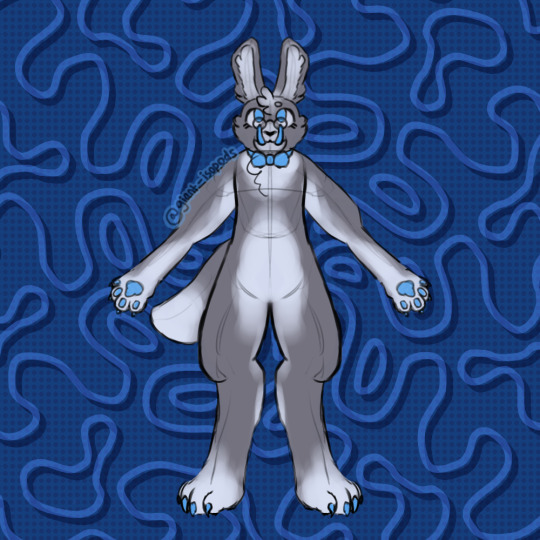



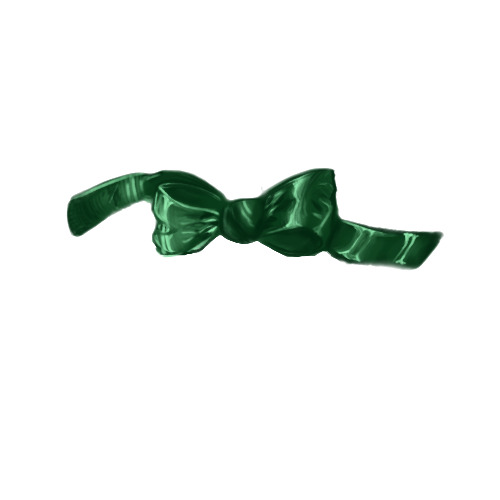

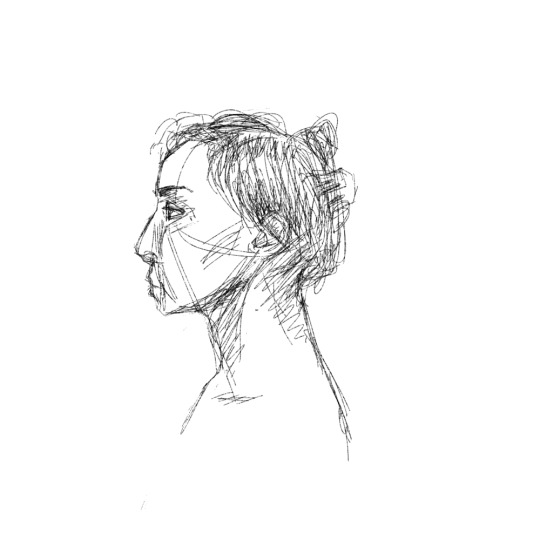


#fake blood#cartoon blood#tw blood#art#digital art#digital painting#tw bones#tw ribcage#tw ribs#sorry for tagging the detritus outta this one
8 notes
·
View notes
Text
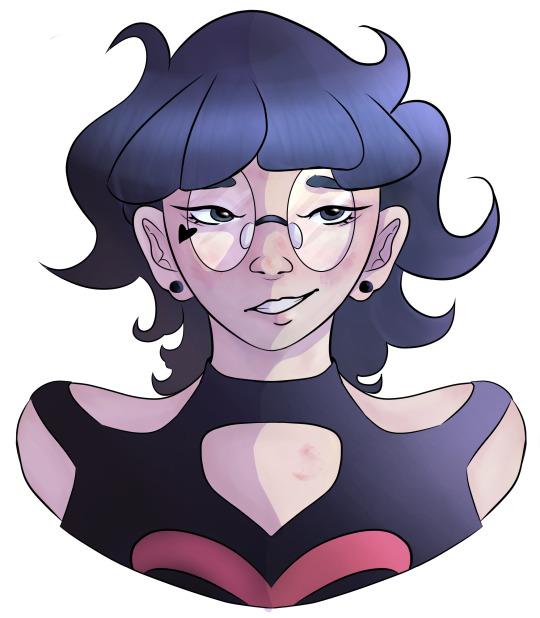
when the doctor is doctor is doctor?
#vial of violet#dr doctor detritus#mod rovin#art#digital art#original character#oc#oc art#vial of pyrite
3 notes
·
View notes
Text

Big Cone Douglas Fir Cone
#pine cone#detritus#forest floor#Mount Wilson#angeles national forest#los angeles county#california#photo#digital#original photographers
0 notes
Note
I feel like this must have been addressed somewhere, but I can't find it: why were construction lines included in some shots?
Loved the film btw!! Incredible artistry all around!
It's meant to be reminiscent of the 'Xerox era' of animation history in which you can see some of the rough animation flickering in and out as a result of the technical pipeline employed at the time. Fable and I grew up on a lot of those animated features and have a real love for the grit and texture of it - the way it provides a glimpse of the artist's hand feeling out a drawing. We felt the glossy, smooth-as-silk airbrushed look you tend to get very readily with digital media wasn't right for something like Lackadaisy, which itself leans pretty hard on evocative patina. So, we indulged our nostalgia.
As I've said elsewhere, it's completely fine and legitimate if you just don't like it. One thing I won't abide, though, is any accusation of laziness or sloppiness on the part of the animation and cleanup team. For one, it takes a certain array of personality traits to decide to go into traditional animation as a career, and laziness is really not one of them. And secondly, it's not detritus. It actually required more work on the part of the crew to add those lines back in, because the nature of the digital cleanup process eliminates them.
-(Not to accuse you of anything, Anonymous. I know you were just asking a question.)
2K notes
·
View notes
Text

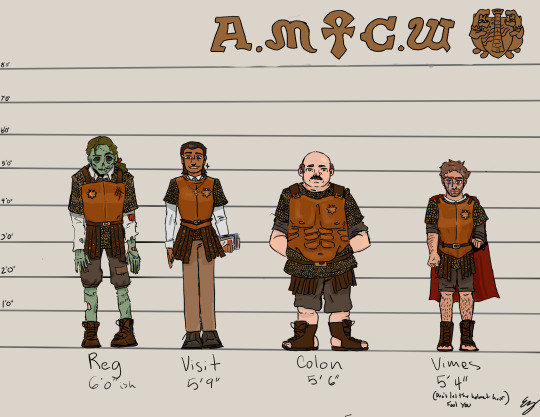

The fine Rank and File (or at least the rank) of the Ankh Morpork city watch! I've been figuring out my designs for them, and I wanted to put them in a lineup to see how they look beside one another. makes you realize how ridiculous the height difference between some of them is
[ID: three digital drawings of the Watch members, against a police lineup background with height marks and an ankh morpork city watch watermark and logo. The featured members are in order of height: Detritus, Dorfl, Carrot, Angua. then Reg Shoe, Visit, Colon, and Vimes. finally, Nobby, Cheery, Buggy Swires and Wee Mad Arthur. they are all wearing variations on the watch uniform of brass colored armor, chainmaille, leather boots or sandals, and a skirt of studded leather straps. end ID]
more detailed description of the designs under the cut
First drawing: standing at over 8 feet is Dorfl. He is a grey-green troll with a very muscled top heavy build, patches of moss on his skin, and angular features. He is wearing oversized armor with pauldrons, one with sergeant's stripes painted on it, and scale mail underneath. the Piece Maker (a siege weapon crossbow) is strapped to his back. second, standing at 7 foot 4 inches is Dorfl, a reddish Golem made out of patchwork clay, with a overall gingerbread man look, and glowing red eyes. he is only wearing a breastplate, and he has his sergeant's stripes painted on his arm. Third at 6 foot 6 inches is Carrot. He is a redheaded white human, with a sturdy build, round face, and a cheerful smile. he has a captains pip pin in the collar of his shirt and his armor is visibly shinier than all the other's. fourth at 6 foot 2 inches is Angua. she is a white human with lots of very light blonde hair and slightly pointed ears. Her armor has straps at the shoulder rather than being one piece, and she is wearing her badge on a collar. (end of first drawing)
Second drawing: first, standing at 6 ish feet is Reg Shoe. He is a green zombie with a hunched posture and several missing chunks and lines of stitching visible, most noticeably the right half of his mouth has no lips, exposing his teeth. he wearing a tattered and patched flow-y white shirt under his armor, which is also the strap style, and there is a red ribbon in his long-ish dirty blonde hair. second at 5 foot 9 inches is constable Visit. He is a brown skinned human, with slicked back 80's business guy hair and a slightly strained smile. He is wearing a very crisp white shirt under his armor as well as khaki pants and a Omnian turtle necklace. he is clutching a bundle of pamphlets. Third at 5 foot 6 inches is Colon. He is a white human with a heavy-set build, a mustache, and a large bald spot. his armor has sculpted muscles in it and he is wearing sandals. Fourth at barely 5 foot 4 inches is Vimes. He is a white human with messy greying brown hair, and a five o-clock shadow, he looks a bit like house era Hugh Laurie. along with his armor he is wearing a red cloak and a sword. (end of second drawing)
Third Drawing: First, standing at 4 foot nothing, is Nobby Nobbs. he is a white-ish human with vitiligo spots, several suspiciously red or green patches of skin, and very scruffy black hair and a five o-clock shadow. he is smoking a cigarette and has several dog ends behind his ear. he has managed to tarnish his armor. second, at 3 foot 4 inches is Cheery. She is a white dwarf with a stocky build, blonde hair and a blond, braided beard. she has some burns on her arms, ears, and forehead, and is missing her eyebrows. she has a full lentgh leather skirt rather than pants. third, at 7 inches is Buggy Swires. he is a brown skinned Gnome, with grey hair and pointed ears. he is not wearing armor, but instead a rain cloak. next to him is his pigeon, which carries his badge and is a foot tall. Finally, at 4 inches, is Wee Mad Arthur. he is a blue nac mac feegle with red hair. he is in a watch uniform with a kilt, and is carrying his badge like a shield on his back, unlike the others he has a dynamic aggressive stance, rather than standing straight up. (end of third picture)
background of all drawings: a lineup height marker background, with the initials AM (ankh) CW and the city seal in the top right corner. the city seal is two hippos on a shield, with a tower between them. they are in shades of copper or bronze, as is the overall color palate of the drawings. (end of ID)
#discworld#gnu terry pratchett#Samuel vimes#nobby nobbs#angua von uberwald#cheery littlebottom#carrot ironfoundersson#reg shoe#detritus#dorfl#visit the infidel with explanatory pamphlets#buggy swires#wee mad arthur#I think i went a little too hard making vimes look like hugh laurie but the idea wouldnt leave my mind#I went full squeaky clean evangelist for visit#and gay french revolutionary for reg#happiest with dorfl he looks exactly how i imagine#also next time ill give angua more hair i swear
212 notes
·
View notes
Text
From a single founding species descended from the stellasnoots that found a suitable home in the secluded caverns of Arcuterra, the daggoths, a clade of subterranean molrocks of distant relation to the rattiles, have since diversified over the last 25 million years in isolation. As the cave systems naturally expanded over the course of many millennia, the ecosystem too grew bigger, as it created more room for a wider and more diverse range of species to thrive.
Over millions of years, the upper chambers of the cave system became more open to the surface, resulting to not only a slight but significant influx of oxygen into the ecosystem but also nutrients from the surface, such as organic detritus and the abundant droppings of transient species such as roosting ratbats that nest in the surface chambers, washed down into the caves by rain. These fuel the abundant growth of bacteria, mocklichens and meatmoss, the cavern ecosystem's producers in the absence of plants and sunlight. With an abundance of food, space and, relatively speaking, oxygen, the life of the caves have since grown more diverse and complex than ever before.

Many of the daggoths have remained unchanged from the first forms that were the earliest colonists of the caves. The gothtles, small, mouse-sized insectivores, continue to stick to the ancestral lifestyle, as small, slow-moving ambush hunters that relied on stealth to pounce on insects. Yet the ancestral niche now comes with one drastic difference: they are no longer the apex predators of their environment. Abundant and fast-breeding, the gothtles are now the lower rung of the food chain as larger predators have since evolved from other branches of their kin.
While slower basal gothtles now rely on camouflage by scent and touch to evade enemies, numerous lineages have since evolved speed and evasiveness in order to outpace their predators. One such group are the xenomures, such as the four-plumed xenomure (Xenomuris tetradactylopluma), with long, slender legs that allow them to scurry quickly across the fungal and meatmoss mats to escape their enemies and hide among the maze-like growths to lose their enemies' trail. Two pairs of modified digits act as antennae fore and aft, giving the xenomures a vivid perception of obstacles in their surroundings while moving quickly in the pitch black darkness. These timid omnivores, in many ways, have come to be the caves' ecological parallel to "typical" rodents like furbils and duskmice on the surface, with some even harvesting and storing fruiting pods of mocklichens in burrow larders to eat later, and thus helping the mocklichens proliferate to new areas.
Other lineages of the small gothtles have also evolved more active lifestyles as dynamics of the ecosystem have changed. Some, such as the long-bodied common skitter (Longicorpomys polypus) developed slender bodies and shorter limbs to specialize in hiding in small crevices in the rock walls, well-protected from predators, where they can feed on the fungal mycelia, the buried "roots" hidden underneath the organic soil-like detritus mats covering the cave floors. Others have become small hunters of their own right, paralleling the chrews and scabbers of the surface, like the earthumb arthoid (Dactylotomys auricheirus), equipped with two front digits bearing pointed claws positioned next to its head almost like ears, that it uses to root out small prey, such as insects, nematodes and wormlike maggoths out of their burrows and out from growths of mocklichens and meatmoss.

Virtually every surface of the cavern system has offered a habitat for life, including the walls and the ceiling of the caves, with the walls and roofs forming elevated "branches" and dangling "vines" of various vegetative plant-analogues, which are fed upon by "browsers" adapted to reach high up on to access fungal growths inaccessible to other ground-dwellers.
The ceilings, in particular, are abuzz with a surprising diversity of organisms dwelling amidst the overhanging stalactites. In particular, the dangling "vines", in reality complex filamentous fungal hyphae nourished by a symbiotic relationship with chemosynthetic bacteria, produce buds that exude an odorous scent, that draws in the feelerflits: flying insects descended from dipteran flies that, with long and very sensitive antennae equipped with tactile, thermal and olfactory receptors, have secondarily regained their power of flight and are able to navigate even without sight and home in on the buds that produce nutritious carbohydrate-rich liquids in return for it spreading its spores.
One descendant of the roof stalac has since adapted to exploit this relationship. The bulbous-snouted budwight (Nasofungiosus imitator) has developed specialized bud-like growths at the end of its nasal tendrils, that sport modified sebaceous glands that excrete a scent similar to those of the vine blooms, the chemicals of which it acquires and secretes by eating the blooms themselves. Then, lying in wait, anchored onto the surface of stalactites or perched amidst the vines, it waves its tendrils in the air in anticipation of an unwary feelerflit blundering into its trap, to be ensnared by seven long and flexible tendrils and passed into the mouth to be eaten.
Curiously, despite its purpose of mimicry, the budwight's tendrils in fact look nothing at all like the vine buds, being simple enlarged growths at the ends of the knobbly nasal appendages. In a world of darkness, appearances are almost entirely insignificant, as prey and predator alike perceive their surroundings with sound, smell and touch, as well as other more remarkable senses like thermo- and electroreception. As such, mimcry revolves around these senses: not even a vaguely-similar imitation to a sighted creature, but a deception at least sufficient to trap its equally-blind prey.

Of the various small daggoths that populate the caves, however, none are as divergent and unconventional as the maggoths: a lineage of neotenic descendants of the mossmulch, a more typical-looking daggoth whose life-cycle has taken unexpected turns to produce one of the greatest regressions in complexity second only to the shroomors.
Measuring only a centimeter or less, the maggoths, such as the basal lichen maggoth (Vermimys simplisticus) are extremely simplified creatures: their respiration takes place almost entirely through their permeable skin, their skeletons, save for their ossified mandible and maxilla, are completely made of only cartilage, and they move entirely through two sets of muscles, an inner layer of longtidunal muscles and an outer layer of concentric muscles that contract and relax alternatingly to undulate them forward. This body plan arose from the mossmulch's early gestation lasting only a few days and producing barely-developed young, basically just self-sufficient and free-living early-stage embryos, adapted to feed constantly on meatmoss and mocklichens by tunneling through them, and, with an abundance of a reliable food source, some species eventually became neotenic, no longer developing limbs and nasal tendrils and ossified skeletons, and simply reproducing in a larger version of their quasi-larval state.
The simplified anatomy and reduction of surplus organs has allowed maggoths to be quite successful in the vast expanses of the subterranean caverns. In particular, their very simple bodies has reduced their development to but a few days, allowing them to shorten their generations to as little as three or four weeks: at the age of twenty-one days, maggoths are already sexually mature and can mate, bearing litters of up to a dozen or more wormlike quasi-larval young at a time once every five or six days. These 3-4 millimeter-long newborns feed off skin secretions made by the females for the first few hours of their life before departing for good, in a last remaining hint of mammalian history in a species so far removed from a typical mammal's form.
Another, unlikely advantage of their simplified anatomy is that it requires far less oxygen, which coupled by their incredibly small body sizes and their respiration through their skin, has led one lineage into a new frontier: the waters of the subterranearn rivers as well as the underground sumps that form bodies of water such as ponds and lakes. Thus arose the hampreys: the first ever aquatic lineage of hamsters on HP-02017 to evolve fully-aquatic respiration and thus be entirely independent of breathing air at the surface. Specialized vessels directly branching from the heart absorb oxygen diffused through their permeable skin, and thus their lungs have been reduced to simple sacs regulating buoyancy. Perhaps more remarkable, however, is the marked reduction of their nervous system, especially the brain: their simple lifestyle and unusual respiration had no need for such an energy-hungry organ as a complex brain, and thus in the hampreys this otherwise very vital organ, once the pride of mammals in their complexity, now has completely atrophied to basically but a brain stem, capable of little more than basic bodily functions and responses to external stimuli, moving through the water in jerky, wiggling movements toward the taste and scent of food and away from the vibrations of danger.
Some hampreys, such as the rasping hamprey (Vermicthymys micronis), are independent creatures teeming in the underground ponds and lakes, scraping off mats of chemosynthetic bacterial colonies using their jaws: an ossified mandible and maxilla bearing two pairs of gnawing incisors--basically the only remaining visual vestige of their rodent ancestry. Some, however, have specialized these remnant teeth for another purpose: the sanguine hamprey (Atrocivermimys haemophilus) has developed elongated teeth and a "lip" that allows its mouth to function as a suction--enabling it to attach to other aquatic daggoths such as tubesnouts and trogadiles and parasitically feed off their bodily fluids.
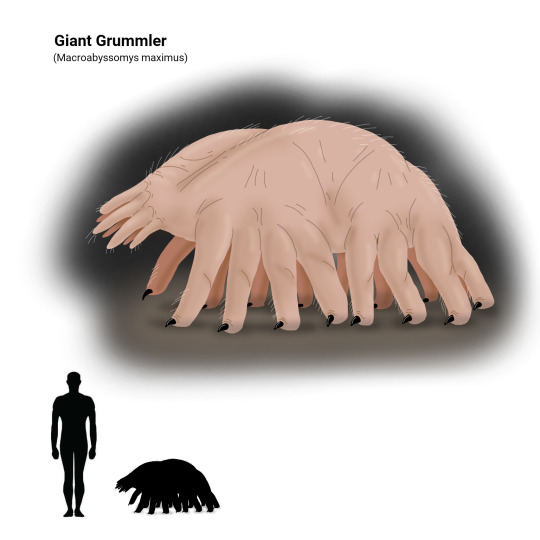
Not all daggoths are small, however. In the recent eons, as food and space became more available as the caverns grew and became more oxygenated, some of the daggoths began growing in size. While still small compared to outside surface animals, reaching only a maximum of 90 kilograms in the largest "grazers", their size is nonetheless an incredible achievement given their environment and evolutionary history.
The lineage that would give rise to their largest species eventually diversified into low-level grazers, higher-level browsers, generalist omnivores and specialized macro-predators. But most basal of these are the grummlers, with the largest species being the giant grummler (Macroabyssomys maximus). These represent the earliest lineage of daggoths that began expermenting with size, with them resembling the basic daggoth but simply larger. With their increased weight, their multiple digits became more columnar to support their bulk, their reduced metacarpals forming equivalents of shoulder blades to anchor powerful limb muscles, while their phalanges grew stronger and thicker and developed a bony heel-like protrusion on the second-to-the-last phalanx to support a fleshy "sole" pad: in essence turning the spindly fingers of the smaller daggoths into sixteen proper "legs".
The greater grummler is a large and indiscriminate omnivore, feeding on mocklichens, meatmoss, bacterial mats, arthropods, smaller daggoths and carrion. Depending on the species, the several species of grummlers either lean toward a more "grazer" side or a more "carnivore" side: a distinction that is less drastic than surface animals given that some of their "plant" equivalents are technically animals as well, making them more accurately "meat-grazer omnivores" or "carno-herbivores". This dietary ambiguity of this lineage would lead to the evolutionary split between the "grazers" such as the molepedes and the biblarodons, and the predators such as the blindmutts, with the grummlers themselves representing a more ancestral state of this divergence. Indeed, leaning more on the "grazer" side, the giant grummler itself sometimes falls prey to smaller grummler species with more carnivorous tendencies, especially targeted if sick, young or old.

As larger-scale predation began to emerge among the macro-daggoths, a trend akin to surface animals started to arise among them--an arms race between increasingly armed predators and increasingly defended "herbivores", with hunters specializing to take down prey larger than themselves, and large prey developing weapons to better fend off would-be assailants.
One of the most notable examples of this would be the molepedes: a clade of macro-daggoths that developed elongated bodies and short limbs that allowed them to graze closer to the ground, feeding on filamentous, low-growing mocklichens that, in a loose sense, could be considered an analogue of "grass". These slow-moving creatures were afforded ample protection by their size alone in the earlier days, but as predators too began to grow, the molepedes gradually found themselves becoming outmatched. Over time, the ancestral soft-bodied molepedes disappeared entirely, too vulnerable to the new predators, but from it emerged two lineages: the thorny molepedes and the armored molepedes.
The common thorny molepede (Echinopolypodomys spinosus) repurposed many of the sensory bristle hairs of its body into defensive spines, covering its back, its flanks and even its nasal tendrils. These spines, barbed and loose like porcupine quills, embed painfully into a would-be predator's skin and remain stuck in the flesh as they break off. As a warning, they exude a distinctive scent from specialized anal glands that previously-quilled predators quickly associate with a painful experience.
However, while an effective means of self defense, the thorny molepede's defensive spines pose a significant challenge to its other routine activities: specifically, when it comes to mating. Thorny molepede courtship is an awkward affair, with both partners releasing odorous pheromones to communicate their amorous and non-hostile intentions. Once they reach a mutual agreement, they then very slowly and gingerly back into each other, until their rearmost quills barely touch, and the male, fortunately endowed with elongated reproductive equipment, is able to complete his job from a safe distance.
A less socially-challenged relative of the thorny molepede is the armored molepede (Armopolypodomys edurus), which is a far more gregarious creature than its spiny cousin and gathers in small groups of up to ten to twenty individuals at a time. Rather than spines, the armored molepede instead has fused its hypertrophied, hardened bristles into tough keratinous scutes, which form a coat of plated armor nigh-impenetrable to the claws and teeth of its enemies. When threatened, groups of then huddle together and press themselves down, concealing their vulnerable limbs and nasal tendrils and exposing only their armored backs. Their strategy is one of persistence: eventually, after hours of clawing and biting to no avail, most predators simply give up the hunt and leave to find easier food elsewhere, and once danger has passed, the armored molepedes once more unfurl and carry on their usual grazing.
Both types of molepede tend their young with a significant amount of care until their defenses grow in, even if only passively, with their numerous litters of up to twenty young at once huddling between the adults' legs, afforded protection by their armored or spiny backs. They are, however, quite precocial, grazing and moving on their own shortly after birth, and, once sufficiently developed and defended at the age of five or six months, gradually disperse from their parent to lead an independent life.
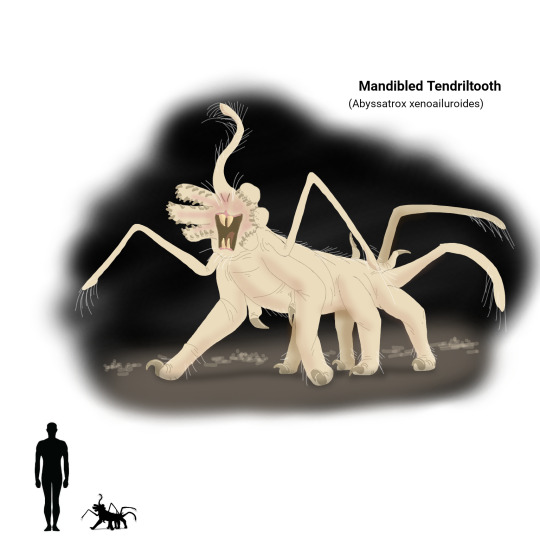
Such defenses have become a necessity for the great grazer daggoths, as predation became more of a significant threat with the evolution of the cavern system's first proper apex predators, the blindmutts. Earlier forms simply preyed upon smaller daggoths such gothtles and xenomures, but, as prey species increased in size, so did some predators, leading to the development of some advanced blindmutts able to tackle large prey such as molepedes, biblarodons and grummlers as well.
The mandibled tendriltooth (Abyssatrox xenoailuroides) is, in the Middle Temperocene, the caverns' undisputed apex predator: even if it grows only to the size of a large house cat. Its most notable adaptation is the development of sharp, hooked keratinous spines on six of its seven nasal tendrils, which have become thick and muscular and adapted for gripping: in essence becoming six additional jaws with false "teeth". Two of its foremost digits, its central nasal tendril, and its two rear digits act as sensory feelers able to navigate its surroundings with a delicate sense of touch, while it homes in on prey with a powerful sense of smell and hearing. Once it locates its prey, it tries to grapple it with an ambushing pounce before using its six main limbs to anchor itself with its claws, and using its toothed tendril-jaws to secure a firm grip on the prey's neck before using its true teeth, sharp dagger-like incisors, to inflict a fatal bite to the prey's neck. As it targets prey larger than itself, the tendriltooth may take several days to eat its fill, and will camp out next to the carcass over the following days, fending off rivals and scavengers that may come to steal its prize. As its prolonged feeding lasts for a duration long enough for putrefaction to set in, the tendriltooth has evolved an extremely powerful set of digestive juices that allow it to continue feeding on even decomposing meat. Eventually, however, once it has sated its fill, the rotting carcass is then abandoned, and now unguarded, a buffet of scavengers then descend on the carcass, ranging from insects and worms to maggoths and xenomures to even rumptusks, vulpemousers and grummlers, all clearing up the residues the tendriltooth leaves in its wake.
Tendriltooths may reign as top carnivore, devoid of any predators of their own, yet their existence is still a precarious one, as they are few and far between given their placement on the food web. Throughout the entire cavern ecosystem, filled with millions of daggoths of different species, there are never more than a few hundred adult tendriltooths at any one time, being solitary and territorial, as they need plenty of space to sustain themselves. Tendriltooths are fairly prolific, with litters of up to twenty to thrirty tiny offspring at a time, but these small but precocial offspring, independent after only a few weeks, have a rather high mortality rate: during their early youth, where they prey primarily on insects, they are indiscriminately themselves prey for various medium-sized carnivores such as vulpemousers and smaller blindmutts, and, once they themselves graduate to medium-sized carnivore status hunting larger prey like xenomures, now have to contend with adult tendriltooths who will target the subadults to get rid of potential competition. However, should a lucky tendriltooth survive its precarious first two years, a feat accomplished by less than five percent of all juveniles, it is assured a niche of apex predator, unbothered by any other creature and with only another adult tendriltooth to fear.
------
#speculative evolution#speculative biology#spec evo#speculative zoology#hamster's paradise#biome post
96 notes
·
View notes
Text
As search engines worsened, technopagan's knowledge of algorithmancy grew. The faltering code was not faltering code, but the divine asserting itself in new ways. The secrets within the recommendations engine revealed themselves to those with eyes to see. To be shown a flat earth video was a sign to broaden your horizons; Elsagate videos a symbol of danger hidden under the cloak of sweetness; PragerU the knowing fool. The spirits of nature continued to assert themselves through technological decay, through our tackiest post-modern detritus: technopagans learned to see communication from our ancient evolutionary ancestors hidden in NFTs, to hear the half-formed souls powering AI image generators. To hear the whispers of the spiritual Trojan Horse latched like parasites onto our digital hell
42 notes
·
View notes
Note
okay a few questions about the system. how did you pick the stats, and do they have unique differences or are they just for the abilities? what is the purpose of the types and can I have a full list of them? were the types assigned based on any criteria or were they generated like everything else? what is the full range of stats (lowest I've seen is 0 and highest is 20)
the stats were picked primarily to be funny, and secondarily to be weirdly out of tone with one another. having Charisma, Bloodthirst, and Phrenology in one statblock cracks me the fuck up.
nope, no differences! theyre just used as referents by other effects. i made sure to set it up so that even an ability that gives a stat buff to a stat the Pop!batant doesn't use can still be relevant in a corner case, but its also just funny to me to have some abilities that're godawful and not worth it alongside others that're absurdly busted.
types are the same, there's six of them and they exist purely for effects to key off. they are Clutter, Junk, Detritus, Rubbish, Dreck, and Waste.
as for the range of stats, 0 is the lowest, but i don't actually know what the highest in the game is. in the code id have sections that say "i deal [tiny] damage to an enemy within [small] inches" and then a function would go through and replace each of those with a number in a certain range, but every single number has a small chance to be pushed up a size category one or more times. the highest possible value in the generator is 999, and while i don't think anything actually hit that, im sure there's some high double digit to low triple digit stats in there somewhere.
23 notes
·
View notes
Text

Isopodtober #18: Digital
[Pass the detritus]
22 notes
·
View notes
